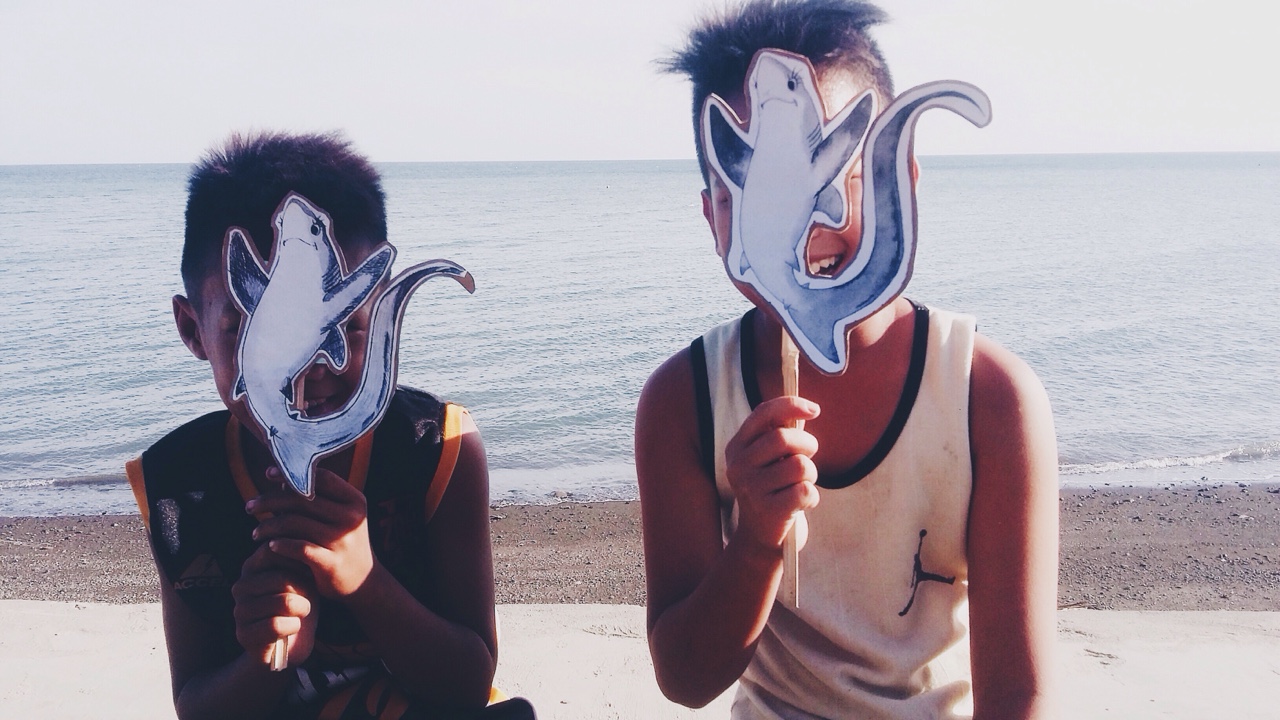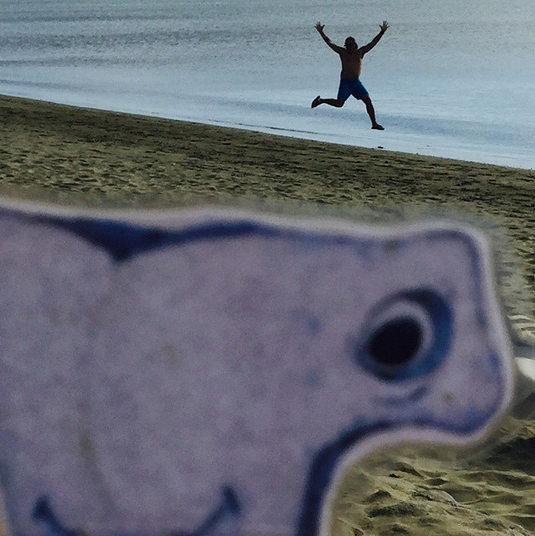CITES 2016 and Shark Stanley

Shark Stanley and his friends are back and on a new mission! This year, he’s helping gain support for more shark species protections around the world once again for this September’s 17th CITES Conference of the Parties (CoP17).
Three years ago at CoP16, Shark Stanley and friends worked to garner support for manta rays, oceanic whitetip, porbeagle and hammerhead sharks. The campaign collected over 10,000 images from 135 countries, educated thousands of young people about sharks, and were thrilled to be able to celebrate the protections of these species when the proposals were adopted worldwide!
This year, there are three new proposals to protect silky sharks, thresher sharks, and mobula rays at CoP17—we have three Shark & Ray friends, and we’re excited to raise awareness and celebrate shark protections once again!
What is CITES?
The Convention on International Trade in Endangered Species of Wild Fauna and Flora (CITES) is an international agreement between 182 countries, or parties, and requires that the international trade of threatened plants and animals be limited to sustainable levels—protecting these populations for the future!
Why these species?
In the past year, The Maldives, Sri Lanka, and Fiji put forth proposals to protect silky sharks, the three species of thresher sharks, and nine species mobula rays respectively. Already more than 50 countries have agreed to sponsor one or more of these species for CITES listing.
Silky Shark
Listed as Near Threatened globally, the Silky shark is one of the most common sharks found in the global shark fin trade. With large distinctively shaped fins and known to have a smoother texture than other shark species, silky sharks have declined by over 70% in almost every ocean they are found.
Thresher Sharks
Thresher shark species are best known for their extremely long tail fins, which can be as long as the body of the shark itself. Threshers use their tails as for hunting, using it to stun and kill their prey. Thresher sharks have been proposed for global protection under CITES: bigeye, with common, and pelagic threshers as lookalike species. Suffering similar declines to silky shark populations, thresher sharks are also in need of better global protections
Mobula Rays
Mobula rays are slow growing species that produce few offspring, so populations can take a long time to reproduce. Given their significant population declines, largely driven by the demand in international trade for their gill plates, coupled with a lack of management measures to monitor their catch, all 9 species of mobula ray have been proposed for global protections.
How Shark Stanley (and you!) can help:
Shark Stanley, the charismatic little hammerhead has joined with new friends Mylo Mobula, Thresher Tala, and Sami Silky, to gain support for the protection of shark and ray species at CITES CoP17.
By using the power of social media and photos to show decision makers at CITES that shark and ray protections are valued worldwide, the campaign works to join voices of people all over the world to make a difference for sharks and rays.
Here’s how you can help us save sharks:
2) Print off one (or all!) of the characters
3) Cut out your character(s)
4) Take a photo with them anywhere in the world – the more creative the better – we may even feature one your photos on our website!
5) Then send your photos in to info@sharkstanley.org, or upload to social media tagging @SharkStanley #SharkStanley and we’ll find them!
We’re then going to compile all these images as a form of a petition, with the images acting as signatures.
Between now and the CITES meeting in September, we’re aiming to collect thousands more photo-signatures from people all over the world. So spread the word, and get photographing!






